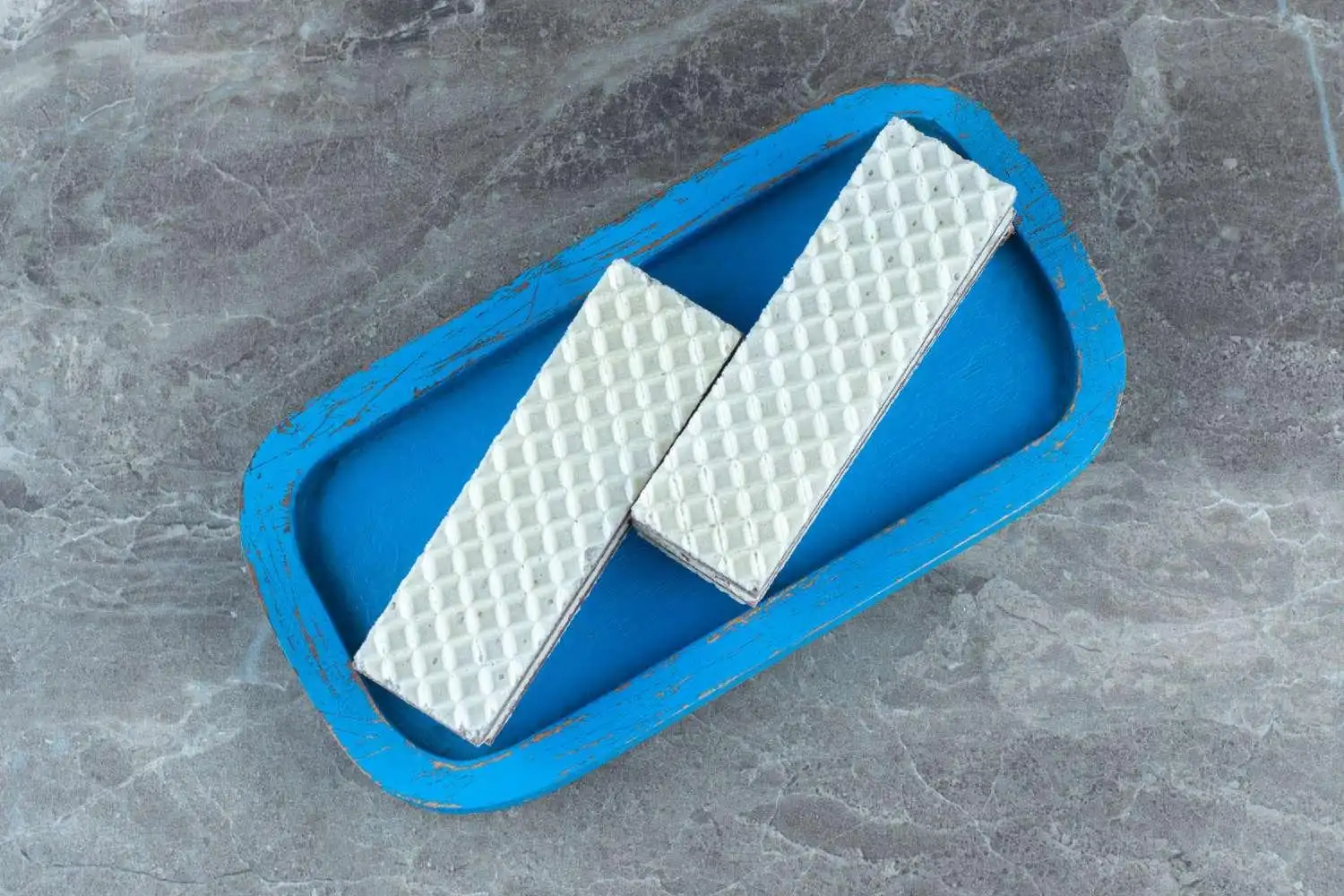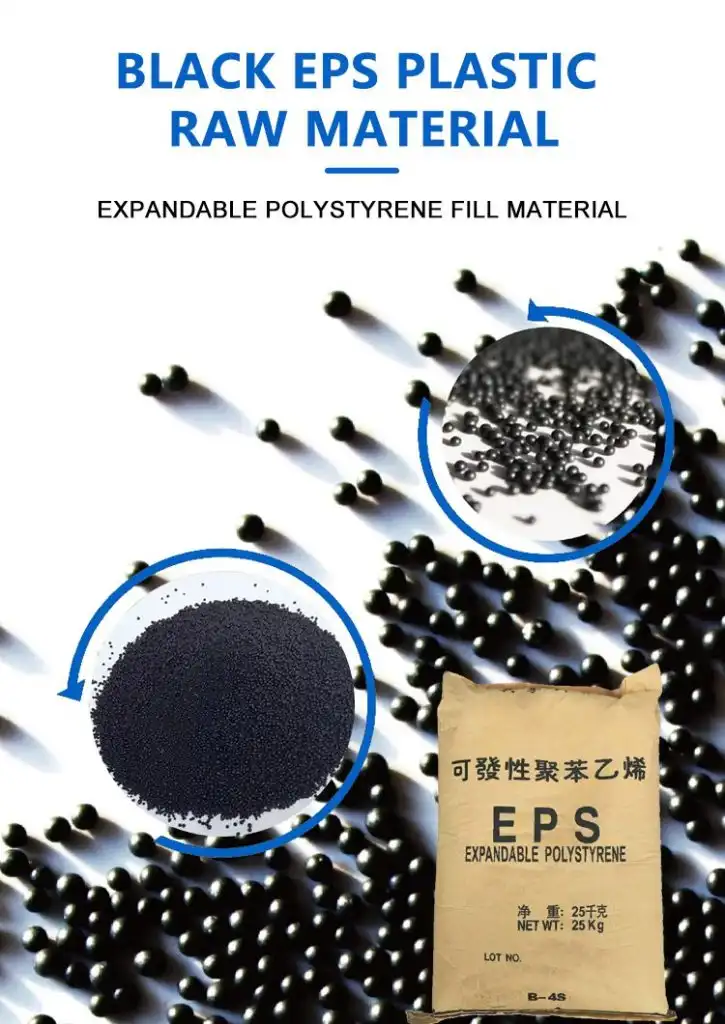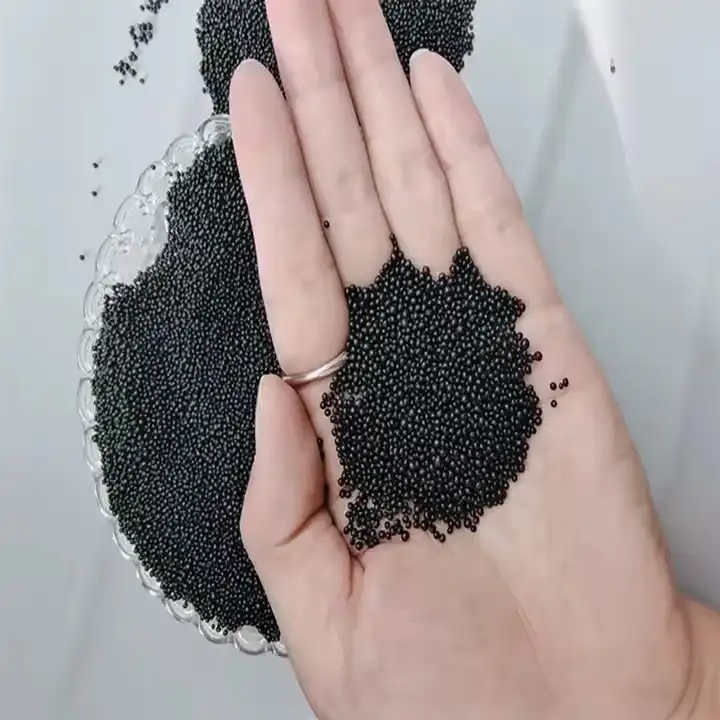Materiales de poliestireno Son muy importantes en muchas industrias. Son ligeros, flexibles y excelentes para mantener las cosas calientes o frescas. Espuma de poliestireno de alta densidad y poliestireno expandido (EPS) son dos tipos populares. Cada uno tiene características especiales para diferentes trabajos. Este artículo explora sus cualidades, cómo funcionan y dónde se utilizan. Te ayuda a elegir el mejor para tus necesidades.

Descripción general de los materiales de poliestireno
El poliestireno es un plástico hecho de un bloque de construcción llamado estireno. Es uno de los plásticos más utilizados porque es fácil de hacer y puede hacer muchas cosas.
Propiedades básicas del poliestireno
El poliestireno es ligero y fuerte. En su forma sólida, está claro. Puedes darle forma a diferentes formas y grosores. También mantiene el agua y algunos productos químicos lejos, lo que lo hace increíble para el envasado y el aislamiento.
Aplicaciones comunes en todas las industrias
¡El poliestireno está por todas partes! Protege la electrónica, la cerámica y los alimentos en los envases. Se utiliza en aislamiento de edificios, recipientes de alimentos, piezas de automóviles e incluso herramientas médicas. Su flexibilidad lo convierte en un favorito en campos como la tecnología y la agricultura.
Características de la espuma de poliestireno de alta densidad
La espuma de poliestireno de alta densidad es especial porque está muy empaquetada y súper resistente. Es perfecto para trabajos que necesitan fuerza y rendimiento de larga duración.
Composición estructural y niveles de densidad
La espuma de alta densidad se fabrica aplastando las perlas de poliestireno fuertemente juntas. Esto crea una estructura de células cerradas. Es más denso y puede soportar más peso que el EPS regular.
Resistencia mecánica y durabilidad
La estructura apretada lo hace resistente a la flexión o rotura bajo presión. Es por eso que es ideal para cosas como formas de hormigón aisladas (ICF) o paneles de aislamiento fuertes.
Capacidades de aislamiento térmico
Su denso maquillaje bloquea el calor realmente bien. La espuma de alta densidad aisla mejor que las opciones más ligeras. Es la mejor opción para edificios que necesitan ahorrar energía.
Resistencia a la humedad y a los productos químicos
Las células cerradas mantienen el agua fuera. También se resisten a muchos productos químicos. Esto hace que la espuma dure mucho tiempo, incluso en lugares húmedos o duros.
Características del poliestireno expandido
El poliestireno expandido (EPS) es uno de los plásticos de espuma más baratos. Se utiliza en todo, desde edificios hasta envases de productos.
Estructura ligera y composición celular
El EPS es principalmente aire, aproximadamente el 98%, atrapado en pequeñas perlas de poliestireno. El material ligero P-extra es un tipo popular de EPS de grado común. Es ideal para hacer productos de espuma súper ligera. Esto hace que EPS sea fácil de mover y ahorra dinero en el envío.
Rendimiento de aislamiento en embalaje y construcción
Aunque es ligero, el EPS es increíble para aislar. Sus células llenas de aire bloquean bien el calor. El material estándar E se utiliza en envases eléctricos y aislamiento de edificios, lo que muestra lo bueno que funciona en diferentes áreas.
Eficacia en función de los costos y accesibilidad
El EPS es barato porque utiliza menos material y es sencillo de hacer. HUASHENG crea EPS ligero y de ahorro de energía que sigue siendo fuerte. Es perfecto cuando necesitas un buen rendimiento en un presupuesto.
Comparación de espuma de poliestireno de alta densidad y poliestireno expandido
Saber cómo difieren estos materiales le ayuda a elegir el adecuado para su proyecto.
Diferencias en los procesos de fabricación
La espuma de alta densidad se hace con más presión para crear una estructura apretada. EPS utiliza vapor para inflar las perlas en los moldes, lo que la hace más ligera pero más grande. El EPS de HUASHENG ofrece una gran densidad y resistencia, mostrando cómo el proceso afecta al producto final.

Comparación de propiedades físicas y mecánicas
Enlace de propiedades físicas a comparaciones de peso y densidad.
Peso y Densidad Contraste
El EPS puede ser súper ligero, tan bajo como 10 kg/m³. La espuma de alta densidad comienza a 18 kg/m³ o más, dependiendo del trabajo.
Resistencia al impacto y capacidad de carga
La espuma de alta densidad es más fuerte bajo presión. Se sostiene mejor que EPS cuando las cosas se vuelven pesadas o difíciles.
Diferencias de conductividad térmica
El poliestireno de grafito FGE reduce la conductividad térmica. La espuma de alta densidad reforzada con grafito aisla mejor que el EPS blanco normal.
Consideraciones ambientales y reciclabilidad
HUASHENG se centra en la fabricación verde e inteligente. Ambos materiales se pueden reciclar. Su línea REPS utiliza materiales 100% reciclados y recicla más del 95% de los residuos. También reduce el uso de energía en aproximadamente un 30%, lo que la convierte en una opción amigable con el planeta.
Aplicación Adecuación basada en el tipo de material
La elección entre espuma de alta densidad y EPS depende de lo que estés haciendo.
Elegir el material adecuado para proyectos de construcción
Para hogares eficientes en energía o estrictas necesidades de seguridad contra incendios, el poliestireno de grafito FGE es ideal para el aislamiento de edificios. Las opciones de grafito de alta densidad son las mejores para el máximo rendimiento y cumplir con las estrictas reglas de construcción.
Requisitos de embalaje: ¿Qué material funciona mejor?
EPS es el ganador del empaquetado. Es barato y cojines bien. El grado E-101 es perfecto para proteger cosas como electrónica o cerámica durante el envío.
Usos industriales en automóviles, HVAC y más
La espuma de alta densidad es mejor donde importa la resistencia. Se utiliza en soportes HVAC o piezas de automóviles que necesitan mantenerse fuertes bajo calor o peso.
Análisis de costos de ambos materiales
El costo es un factor importante al elegir entre estas espumas.
Costos iniciales de compra vs. valor a largo plazo
EPS cuesta menos por adelantado. Pero la espuma de alta densidad dura más tiempo con menos desgaste, incluso en condiciones difíciles como entornos húmedos o calientes. Podría ahorrar más dinero con el tiempo.
Mantenimiento, Vida útil y frecuencia de reemplazo
La espuma de alta densidad necesita menos reemplazo. Se mantiene fuerte contra cosas como la presión o el agua. Esto lo convierte en una mejor opción a largo plazo, incluso si cuesta más al principio.
HUASHENG: Un proveedor de confianza de soluciones REPS
HUASHENG es un nombre principal para productos EPS de alta calidad. Se centran en nuevas ideas y prácticas verdes.
Visión general de la empresa y experiencia en la industria
Huasheng Qihang (Tianjin) International Trade Co., Ltd. trabaja en la creación, fabricación y venta de materiales EPS. Utilizan máquinas inteligentes y conocimientos globales. HUASHENG combina la tecnología superior con líneas de producción avanzadas para garantizar una gran calidad para todos los productos, desde perlas básicas hasta espumas especiales de grafito.
Grados de producto ofrecidos por HUASHENG
REPS de grado común Para uso general
El material estándar E funciona en máquinas de formación al vacío automáticas. Es ideal para empaques eléctricos y otros trabajos cotidianos.
Grado retardante de llama para aplicaciones críticas de seguridad
El grado retardante de llama F tiene la certificación UL. Cumple con las normas de seguridad de edificios B2, perfecto para lugares que necesitan protección contra incendios.
Grado de grafito para una mayor eficiencia de aislamiento
El poliestireno de grafito FGE corta la conductividad térmica y aumenta el aislamiento acústico. Ideal para hogares modernos de ahorro energético.

Grado de protección ambiental que apoya los objetivos de sostenibilidad
REPS utiliza materiales 100% reciclados y recicla más del 95% de los residuos. Ideal para proyectos de construcción verde.
Grado de negro de carbono para la resistencia a los rayos UV y las necesidades de refuerzo
El poliestireno de carbono FGE tiene baja conductividad térmica y resistencia adicional. Es ideal para trabajos al aire libre que necesitan protección UV.
REPS personalizados adaptados a los requisitos específicos del proyecto
HUASHENG ofrece REPS personalizados para adaptarse a sus necesidades exactas. Pueden ajustar todo, desde el tamaño de la perla hasta la fuerza para cualquier proyecto.
Resumen de las conclusiones clave de la comparación
La espuma de poliestireno de alta densidad es la mejor para trabajos fuertes, duraderos o a prueba de incendios, como la construcción o la industria. El poliestireno expandido es súper asequible y ideal para envasado o aislamiento simple. HUASHENG ofrece una amplia gama de productos, desde grados ligeros hasta opciones a prueba de incendios. Su ayuda experta hace que sea fácil elegir el material adecuado para tus objetivos.
Preguntas frecuentes
Q1: ¿Cuál es la principal diferencia entre la espuma de poliestireno de alta densidad y el poliestireno expandido?
R: La espuma de alta densidad es más densa y fuerte, ideal para el aislamiento y trabajos pesados. El EPS es más ligero y barato, perfecto para envasado o aislamiento básico.
Q2: ¿Es poliestireno expandido respetuoso con el medio ambiente?
R: ¡Sí! REPS de HUASHENG utiliza 100% de materiales reciclados, recicla más del 95% de los residuos y reduce el uso de energía en un 30%. Es una elección verde.
P3: ¿Puedo obtener soluciones EPS personalizadas específicamente para mi proyecto?
R: ¡Apuestas! Los REPS personalizados de HUASHENG se pueden hacer para adaptarse a sus necesidades, desde retardantes de llama hasta opciones ultraligeras para cualquier industria.






